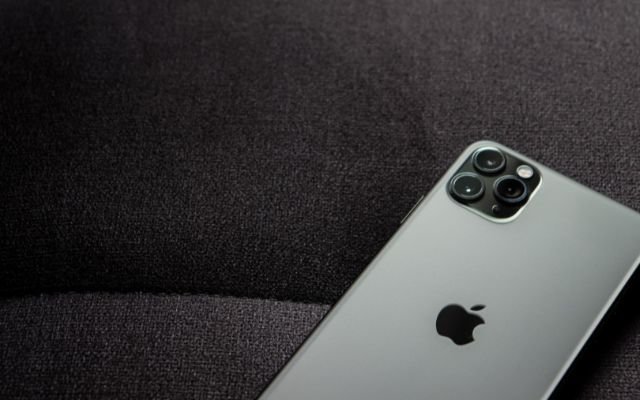I Used an iPhone Without Face ID for a Week—Here’s What I Struggled With
I used an iPhone without Face ID for a week and quickly realized how much I rely on it for unlocking, payments, and daily tasks.

I soon discovered how dependent I am on Face ID after a week of using iPhone without face ID. Without Face ID even basic tasks felt weird and occasionally inconvenient because it simplifies daily interactions. My phone unlocking, payment and app login processes have to be changed. I had previously taken Face ID’s flawless background operation for granted but this experience helped me to appreciate it. This is the main thing I missed.
Table of Contents
Unlocking My iPhone Without Face ID Felt Slower
The first change I noticed was how I unlocked my iPhone. With Face ID, unlocking is instant—you simply swipe up, and it’s ready. But with Touch ID, I had to place my thumb on the sensor and wait for it to register, which felt slower and less seamless.
Face ID vs. Touch ID: Which Is Better?
Although some still choose Touch ID, majority of Apple customers are familiar with both Face ID and Touch ID. However, which is superior?
While Touch ID can occasionally be quicker such as while sleeping down at an awkward angle, Face ID operates automatically. I was accustomed to just picking up my phone and having it unlock fast thanks to Face ID. Touch ID necessitates additional step which makes the procedure seem less organic and more intentional.
I never gave the question of which was superior much thought until this experiment. But now that I’ve been without Face ID for a week, I have an answer.
Downloading Apps Without Face ID Felt Less Convenient
One of the biggest surprises was how much I relied on Face ID when downloading apps. Normally, it’s effortless—just double-press the side button, glance at the screen, and the download begins instantly.
Touch ID was more difficult to use. I had to put my thumb on sensor & check that it was positioned correctly rather than just looking at my phone. Touch ID occasionally didn’t function if my hands were wet or slightly off so I had to try again or input my passcode.
I was reminded of how simple and seamless Face ID makes app downloads, even if it wasn’t a huge hassle.
Checking Notifications Without Face ID Took More Effort
One small but noticeable change was how I checked notifications. With Face ID, simply tapping or lifting my phone instantly revealed full message previews because it recognized me. It felt seamless and intuitive.
With Touch ID, I had two options—keep notifications fully visible at all times (less private) or manually unlock my phone to see them. Since there was no Face ID scan to reveal them automatically, I had to press the home button every time I wanted to check a message. It was a small but frequent extra step that made the process feel less effortless.
- The Best eSIM Sites I Always Use Before Traveling
- Stop Believing These Charger Myths—Learn the Truth
- Avoid These Photo Organization Mistakes to Save Your Precious Memories
Limited Face-Tracking Features Without Face ID
I didn’t know how much I depended on certain face-tracking functions until I switched back to a Touch ID iPhone.
For example, Portrait mode selfies didn’t look as good. Without Face ID’s TrueDepth system, the edges weren’t as sharp, and the background blur felt less natural.
Fun features like Animoji and Memoji also worked differently. I didn’t use them every day but it reminded me that Face ID is more than just a way to unlock my phone. Even Snapchat’s filters didn’t feel as smooth.
But there was one unexpected benefit—I spent less time checking my phone without thinking. Face ID makes unlocking so easy that I often picked up my phone out of habit, even when I didn’t need to. Without it, the extra step of pressing the home button or entering a passcode made me pause and think.
I was able to reduce unnecessary screen time and become more conscientious about how I used my phone as a result. Convenience was obviously sacrificed but if you want to use your phone less, it might be beneficial to do away with Face ID.



